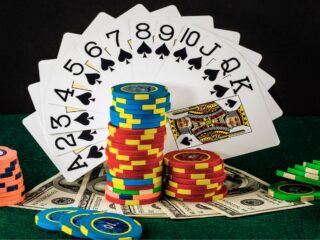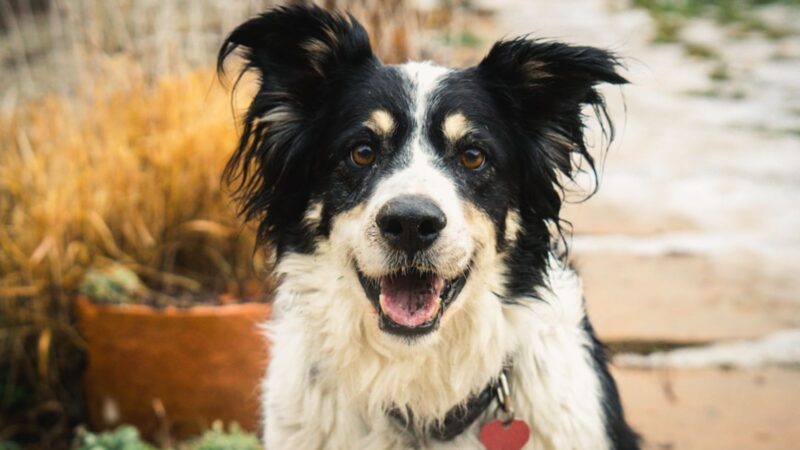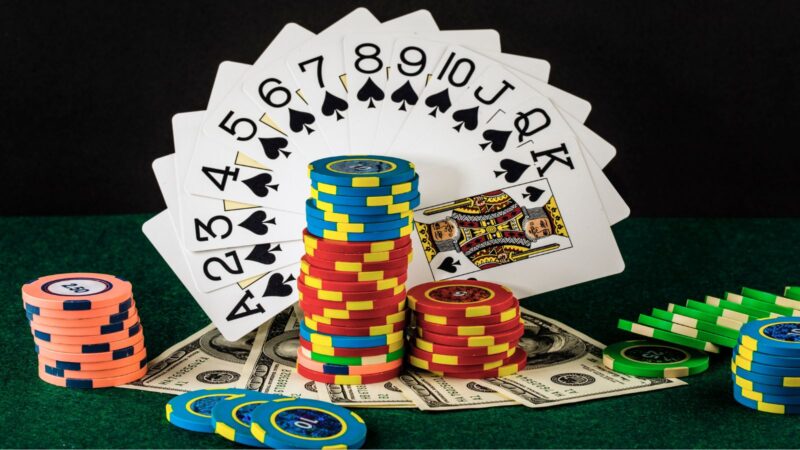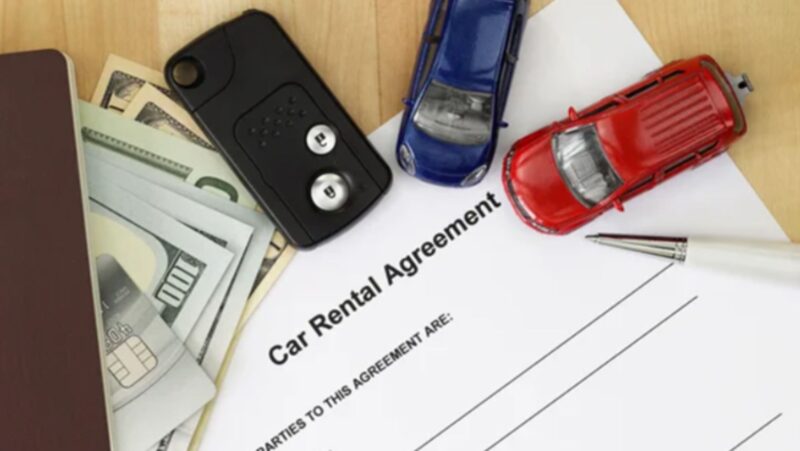
The existence of Gothic churches dedicated to St. Peter in northern Germany has been known since the fourth century, but it was only during the eighth-century reign of Charlemagne that the empire finally had a common language, since many people spoke different German dialects, which were very different from each other.
The German tribes arrived in Europe after the great migration of peoples in the first century BC. They settled on the right bank of the Rhine. There were two groups: the Alemanni, who occupied Alsace and part of Switzerland; and the Bavarians, who entered Gaul by crossing the Danube during the fifth century AD with their allies Suèves, Franks and Burgundians.
Later, other Germanic peoples arrived: the Saxons and Swabians as well as other groups from Scandinavia who occupied large areas of northern France. In 486 AD Clovis defeated Alamanni near Strasbourg and became king of Neustria.
How Do You say Germany in Spanish
In 843 the Treaty of Verdun divided Charlemagne’s empire into three parts: France, Germany and Italy. As in many countries, the language only followed the king’s road to spread in what today is Germany. The Germanic invaders settled in tribes in different areas of Western Europe.
The Spanish word for Germany is Alemania
Which etymologically comes from the word Albion, which originally meant “Land of the Pretani” who were situated in the Rhine River. From there it came to mean “Land of foreigners”, that is to say, non-Greek speakers.
Alemania is pronounced a-le-ma-ni-a
St. Jerome (340-420) translated the Bible into Latin and introduced many other languages with the term germania, derived from this language of Western Europe known as Germanic. But I should clarify that we should not confuse this Germania with the country called Germany today.
The Germans call their country Deutschland
So when referring to the country Germany, the same as when you’re speaking about other countries in any other language; it’s important to know how it’s said in the language you are learning. Now if someone speaking Spanish asks you where is Germany? You will now know how to answer it.
Deutschland is pronounced doych-lanth
The word Deutschland comes from the Proto-Germanic duithisk-lant meaning “neighbor land” or “people’s land”.Alemania is pronounced a-le-ma-ni-a As well as in many other languages around the world, there are also two ways of writing Germany in Spanish: The official one is Alemania, the word Germany is also very common, and many people who live in Germany use it.
There are many similarities between the two languages, including the alphabet and grammar structures
Learning a language becomes much easier when you already know another one. And in the same way that there are many ways of saying Germany in Spanish, knowing one or two words in German is always useful because it allows you to make an effort to understand and be understood if someone speaks to you. And of course, don’t forget that it will always be a pleasure to learn and know another language. Germany Called Alemannia in Spanish how do you say germany in spanish Germany is called Deutschland in German. When referring to the country Germany, it’s important to know how it’s said in the language you are learning.
Both languages are spoken by millions of people all over the world
They have a lot in common, including the alphabet and grammar structures. Learning a language becomes much easier when you already know another one.
Germany is called Alemania in Spanish. Deutschland is pronounced doych-lanth The word Deutschland comes from the Proto-Germanic duithisk-lant meaning “neighbor land” or “people’s land”.
As well as in many other languages, there are two ways of writing German in Spanish: The official one is Alemania, the word Germany is also very common, and many people who live in Germany use it.












